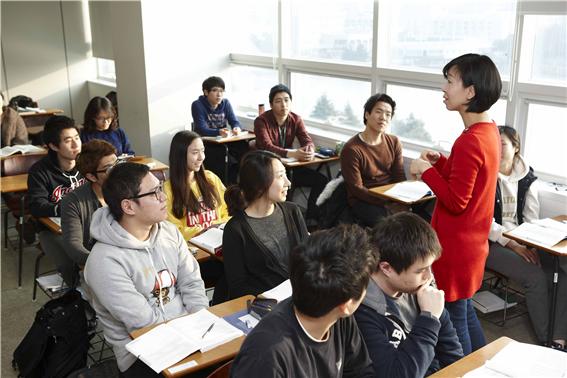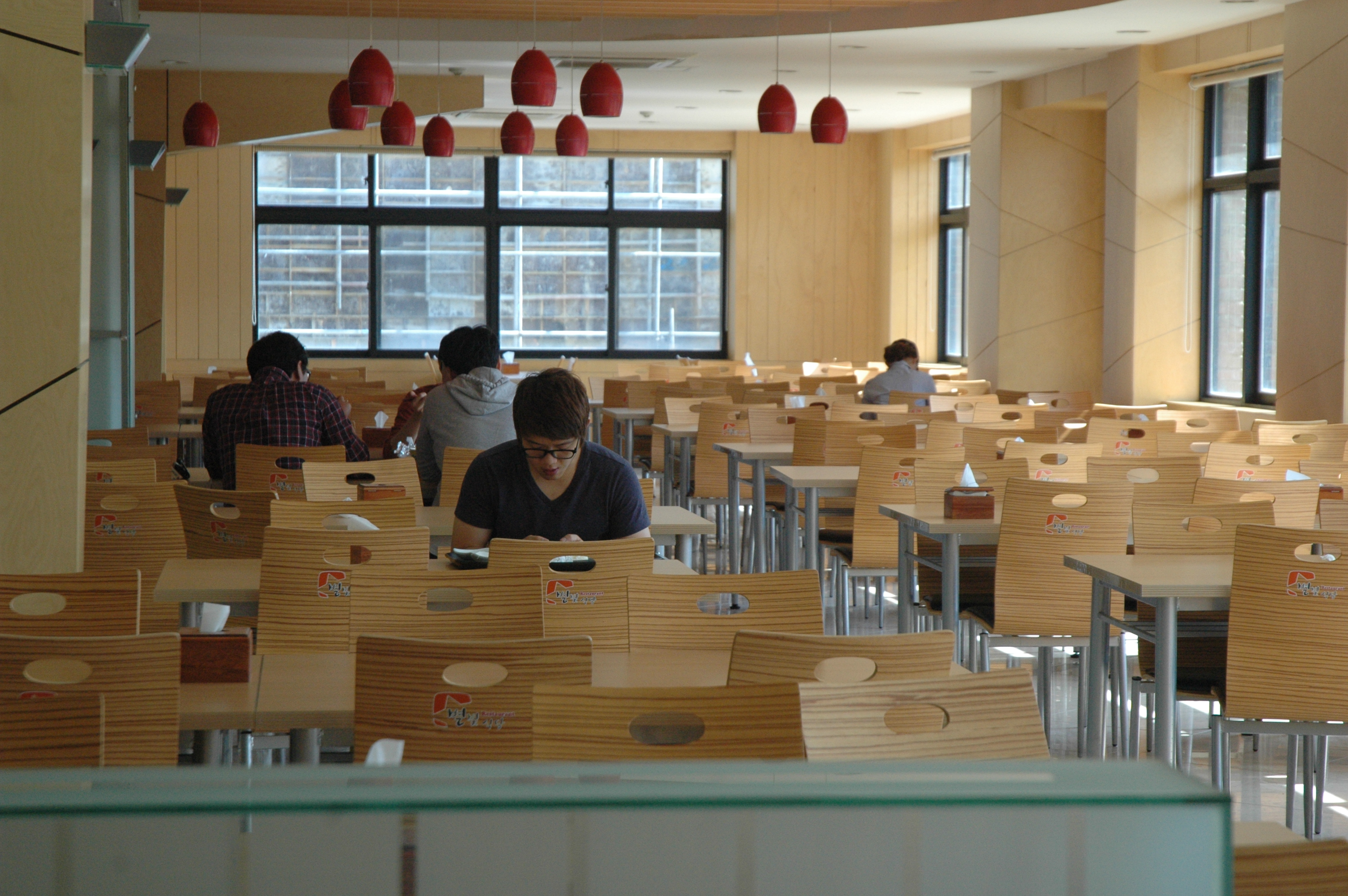The difference of teaching methods

Each university is teaching in different ways. There is especially a big difference between the capital regions and local universities. Min Jeong-sik(Dept. of Economics, ‘11), who went to SNU, said about the difference of SNU and CBNU’s teaching methods, “SNU’s professors communicated with students in lessons. The university’s students asked a lot of questions to professors and presented their views. In addition, the professors accepted students’ opinions in class. These students think asking questions and announcing their views are natural behaviors.” Furthermore, Lee Min-jae(Dept. of Microbiology, ‘11), who attended with Dongguk University(DU) and Sookmyung Women’s University(SWU), said that the two universities run interactive teachings, which is where students actively participate in discussion. On the other hand, Yang Jae-pyeong(School of Law, ‘12), who came from Pusan National University(PNU) to CBNU, and Oh Jong-hak(Department of Civil Engineering, ‘05), who came from Andong National University(ANU), said CBNU, ANU and PNU have the same teaching method, which is that instructors usually lead classes.
Universities of capital areas have interactive classes. Students that experience interactive classes were satisfied. However, local universities run instructor-led classes, and students don’t participate in discussion although professors attract voluntary participation from students. To perform interactive classes, students have to take part in their classes, and making an atmosphere where discussing comfortably with a professor is important.
University Cafeterias

Most students are dissatisfied with CBNU cafeterias. Students who have been to the university of the capital regions don’t especially like the cafeterias. Repeating the cafeteria menu is the worst complaint. Students who experienced only local universities didn’t feel any difference between the two universities or were satisfied. The capital regions’ university cafeterias were cheaper than the local universities. Furthermore, the cafeterias’ menus changed frequently.
Lee Min-jae said, “CBNU students tend to eat in restaurants outside the university. When students eat in CBNU cafeterias, most students eat instant noodles, not other foods. That is because the other foods are not delicious and the kinds of foods are not various; other universities’ cafeterias sold a variety of foods from day to day. In addition, foods were very cheap, from 2,200 won to 3,000 won. In fact, I was surprised that they sold pork cutlet at 2,200 won. I think that the CBNU cafeterias need to change the menus and improve the quality of foods.” On the other hand, Oh Jong-hak said, “ANU has only 2 cafeterias, but the number of CBNU cafeterias is large. In addition, food prices of ANU were from 3,200 won to 3,500 won, but CBNU’s food prices are a little cheaper. In the case of ANU cafeterias, they gave students desserts, and I can be sure that the quality of food was also good. My conclusion is that ANU cafeterias sold more expensive foods than other universities, but they were worth it.”
Class enrollment
When a new semester starts, students have many worries about class enrollment. Because universities implement the class enrollment in different ways, each university has merits and demerits.
Yang Jae-pyeong said, “At PNU, the whole school enrolls for classes on a single day. However, CBNU enrolls for classes over several days, so students’ burdens are reduced about the failure of class enrollment. However, I missed that I didn’t get to pick which classes I wanted to take because many classes clashed.” He thinks the class enrollment system of CBNU is efficient. Meanwhile, Lee Min-jae said, “DU and SWU have ‘Hope Class System’ where students make a list of classes they hope to take and prioritize them. Then, students can register for classes in their wish list quickly. Furthermore, the universities offer a waiting system where a vacancy automatically allows their registration if students fail the class enrollment on their first attempt. I hope CBNU implements these systems.” She added, “CBNU doesn’t have as many interesting classes as DU and SWU have.”
Facilities
All exchange students participated in an interview, and they answered that the view of CBNU’s campus is beautiful and that the campus goes together with nature. The students, who came from other universities to experience CBNU, thought it was unusual to have a pond in the middle of campus, and they picked ‘Solmot’ as the best place in CBNU. In addition, these students said CBNU cares about students a lot due to certain conveniences such as scanners at the head office and facilities for disabled students. However, they picked some negative aspects. The CBNU library has a limited number of books students can borrow. They can borrow only three books at one time. In addition, they complain about old electronic devices such as computers.
The area around the university is a developed business district. Thanks to the concentrated young population, CBNU has many restaurants and shops around it. However, most of them are bars. Min Jeong-sik said, “SNU doesn’t have as many bars around the university as CBNU does. I think many bars disrupt the atmosphere to study.” Yang Jae-pyeong said about the problems of CBNU, “PNU has as many bars as CBNU does. The difference is a distance from the university to the bars. Bars around PNU are far enough from the university unlike Jungmun’s situation of CBNU. In addition, a big business district was formed, in case of PNU, where even ordinary people visit to go shopping, while in CBNU, they can’t.”


 All
All Feature
Feature






 안혜란
안혜란











